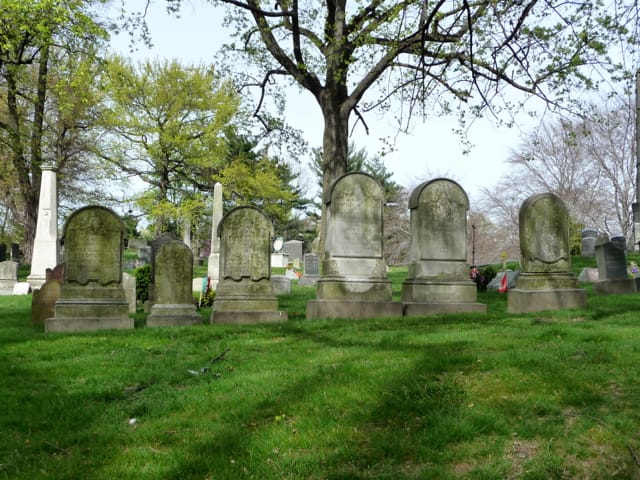Green-Wood Cemetery Is One Of Nearly 100 NYC Sites That May Be Removed From Landmark Consideration


Almost 100 sites across the city — including our own Green-Wood Cemetery — could lose the chance of achieving landmark status in an effort by the Landmarks Preservation Commission to clear up a decades-old backlog of items, reports DNAinfo.
There are 94 sites and two historic districts that have been on the LPC’s calendar for consideration for decades — DNAinfo notes that 31 have been sitting there for 40 or more years — and the LPC hopes to push them aside to allow the commission to focus on new work.
“This is all about clearing out projects that are not active so we can focus on ones that are,” LPC chairwoman Meenakshi Srinivasan told the Times.
Preservationists are concerned about this action not only because it could potentially lead to historic buildings being torn down, but because the public hasn’t been given enough time to weigh in and testify.
“Previous landmark commissions voted that these sites should be considered as landmarks so they deserve their day in court,” Simeon Bankoff, executive director of the preservation organization Historic Districts Council, told DNAinfo.
In addition to Green-Wood, the sites include several churches (like St. Augustine’s on 6th Avenue in Park Slope), the Lady Moody House in Gravesend, the Snug Harbor Historic District in Staten Island, and more.
Founded in 1838, Green-Wood has been on the LPC calendar since 1981, though its gates, including the chapel and office, were granted landmark status in 1966; the cemetery was also designated a National Historic Landmark in 2006. The 478-acre site has about 560,000 “permanent residents,” including some famous ones like Leonard Bernstein, Boss Tweed, Charles Ebbets, Jean-Michel Basquiat, and Louis Comfort Tiffany.
The commission is set to vote on the issue at an LPC meeting on December 9. Even if they’re removed, sites with a lot of public support could be reconsidered for landmark designation in the future — if they’re still around for that.



